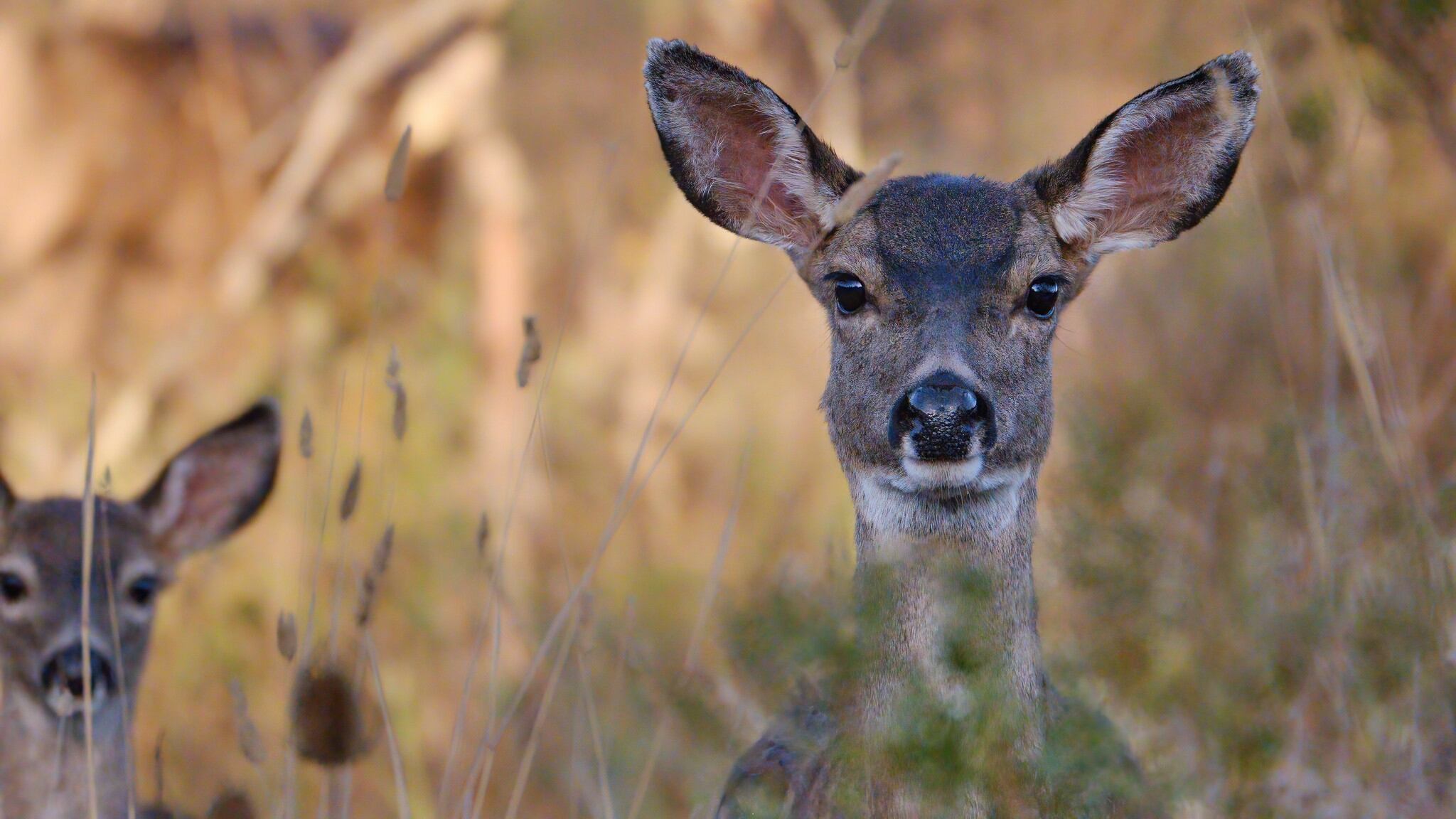Drive north from Silverthorne, Colo., toward Steamboat Springs and you’ll see two bridges that look like they go nowhere. They curve above the highway like any other overpass, but there is no road on either side.
That’s because mule deer, elk and bear don’t need pavement, and these bridges are made for them. Colorado leads the nation in constructing overpasses and underpasses that give wildlife a way to cross busy roads without being killed. The state has 69 of the safe passages. California and Utah have 50 each.
What about Oregon? The state has just five, all on U.S. 97, which runs north to south on the dry side of the Cascades.
That’s despite the fact that Oregon is just a little smaller than Colorado (98,466 versus 104,185 square miles) and has slightly fewer roads, as measured in lane miles by the federal government (162,101 for Oregon and 185,486 for Colorado). Lane miles are calculated by multiplying the length of a road by the numbers of lanes it has.
And the need is great. Oregon is home to herds of mule deer, and vehicle strikes are responsible for about 1 in 5 known deaths of the animals, according to the Oregon Department of Transportation. Oregon drivers hit about 6,500 animals of all kinds every year, ODOT says.
Wildlife, and the drivers who hit them, are slated to get some relief. Earlier this year, Oregon legislators appropriated $7 million to keep animals and drivers apart. Some of that may go to new crossings, ODOT said in a press release today.
“Wildlife undercrossings are one option, but the money could also help fund studies, retrofit existing structures, and pay for research into new wildlife detection technology,” ODOT Wildlife Passage Coordinator Cidney Bowman said in the release. “It’s great. This money is what we’ve been asking for—for a long time.”
The wildlife underpasses on Highway 97 are working. Wildlife collisions are down about 86% there, ODOT says.
Bowman says she hopes the legislature will dedicate yearly funding to wildlife passage, the way it does for fish passage around dams. A report by the Oregon Action Team on Ungulate Migration says the state needs as much as $35 million to keep hoofed animals safe as they move around the state.
The Oregon Legislature originally allocated $7 million in General Fund, which typically must be spent in the current biennium, which ends in June 2023. The legislature moved the General Fund dollars into another account so that ODOT can use part of the money to apply for grants from the Federal Government, which has made available $250 million for wildlife crossings during the next five years.
Correction: This story originally said that the $7 million must be spent before June 2023. Willamette Week regrets the error.

